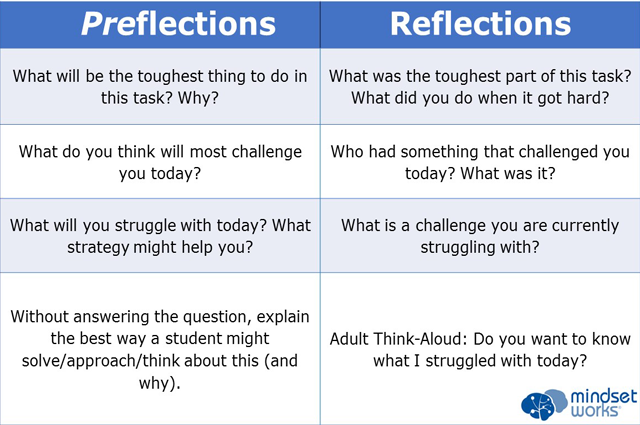As a teacher, we teach students how to think about their own thinking. This is a strategy used when learning how to read and comprehend the story on a deeper level and is commonly called metacognition. I use this technique a lot when reflecting on my own life and goals.
Last year, I started to realize that I had a lot of negative thoughts that were not logical at all. What are these distorted thoughts doing and how can I change them? After some research, I came across a book that explains the types of distorted thinking that comes when we feel panic, overly fascinated, or deeply bothered by something. Human brains are wired to find patterns and evidence that supports what we WANT to believe. It doesn’t matter how logical or distorted the thought is, we are trying to see what we WANT to see. The problem is, we only know one way of thinking, because we only know what it’s like to be us.
There are 15 ways our brains can distort our thinking and if we can identify these patterns, we can start to reframe our thinking in a more positive way.
Filtering: When the negative is magnified and the positive is filtered out. People who filter their thoughts filter out the positive and can only see the negative side of situations. They see the world through a negative lens, so they in turn only see the negative. It is true that you get what you are looking for. If you are looking for the negative to reinforce your negative thoughts, you will find it.
Polarization: This way of thinking gives the person only two options, good/bad, right/wrong, perfectionism/failure. People tend to fall into the belief that if they have failed at something in the past, they will always fail at it. Sometimes these people see everything in extremes and cannot come to a middle ground or compromise.
Overgeneralizing: This is when people tend to jump to a conclusion by thinking things are ALWAYS or NEVER based on one experience with something. Using the example above, this is when you not only think you will fail at the task, but you then think you are ALWAYS a failure as part of your identity after failing one time at something, and you will NEVER be able to do it. This then feeds the vicious cycle of thinking you can’t, so you don’t even try.
Mind Reading: Assuming to know why people are doing what they are doing. This one is one that I really struggle with, because I feel that I know what other people are thinking, because that is what I would do. But guess what? I am not a fortune teller, or a mind reader! I don’t know how people will think because I have never been anyone else.
There are 11 more ways we distort our thinking in the Feeling Good Handbook (1989) by David Burns.
This notable author, David Burns, also conducted a TEDTalk about Feeling Good and his studies on depression have also influenced the studies around joy and self-esteem. It can be found here.
In the handbook, there is a worksheet that is an excellent way to understand your own cognitive distortions, or negative thought patterns. The first part is realizing them when they happen! Try to write down these things each time:
- Date/Time when the negative thought happened
- Situation and people around you
- What the thought was
- Emotion you feel with that thought
- Your response to the thought
- A better response
A thought recording sheet with these ideas can be found here through PostivePsychology.com.
By refuting these negative thoughts every time you notice them, over time they will start to diminish. Challenging your own thinking provides you with the ability to say, “hold up brain! I decide what I think, and I decide how I feel!” Making these little changes to the way you think will make a big difference in your overall happiness over time! :)
About the author:
I am a middle school teacher with both a Bachelor's degree in Psychology and Master's degree in Education.
My dream job is to bring the lessons I have learned in life to other people to help foster positive thinking and determination to succeed at ANYTHING you put your mind to. I started a podcast and website with my mentor in order to promote having a growth mindset in not only students that I teach, but in adults in my life as well. I am connected with other growth mindset gurus and believe this is my purpose!
"If you can't find the sunshine, BE THE SUNSHINE."
Find her on Instagram: @mindsetmaniacs, @aubvious_3 #mindsetmaniacs #makingthatmovementmove







